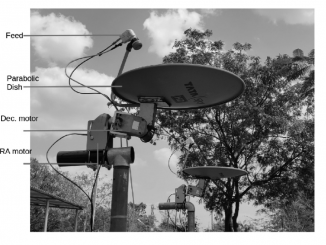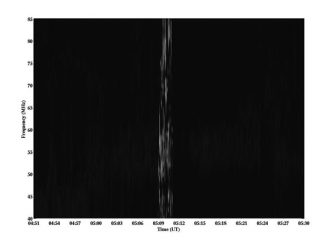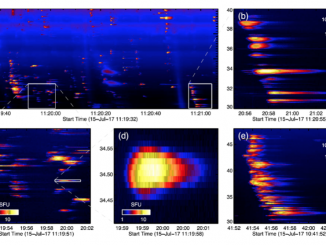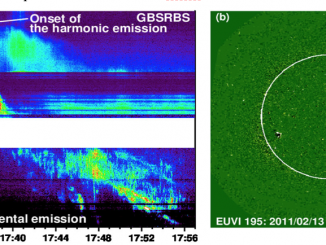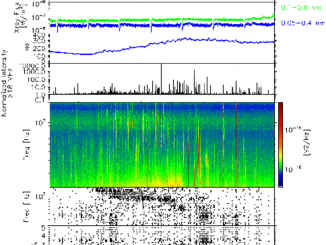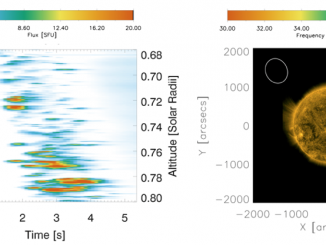Radio Interferometric Observations of the Sun Using Commercial Dish TV Antennas
by G. V. S. Gireesh et al.*
Commercial dish TV antennas are parabolic structures designed to receive radio waves from a communication satellite. The antennas and the associated front end receiver systems have improved with advances in the TV systems. They operate typically over the frequency range 10.7 – 11.7 GHz (Ku-band) and provide very good signal-to-noise ratio (SNR). It is well known that the Sun emits intense radio emission in the above frequency range with brightness […]

